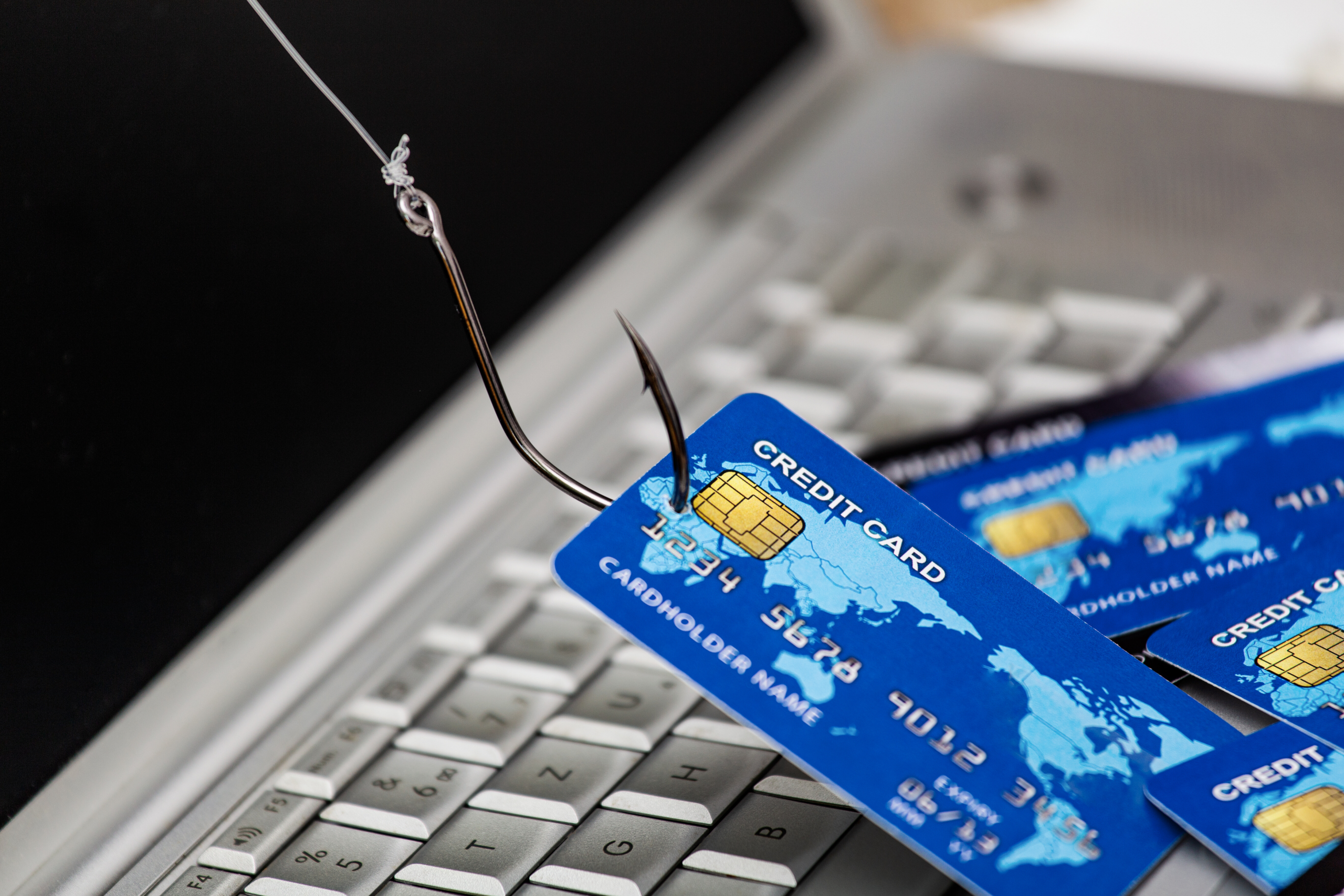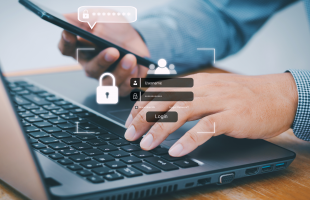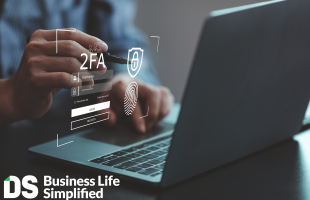Cybersecurity experts estimate that a business is hit by a ransomware attack every few seconds worldwide. When these attacks happens, the first 24 hours are critical. The choices you make can mean the difference between a quick recovery and a devastating business shutdown.
This guide walks you through exactly what to do when ransomware strikes, and how to prevent it from happening again.
What Is Ransomware?
Ransomware is malicious software that encrypts your files and demands payment (usually in cryptocurrency) to restore access. Modern attacks often use double extortion, threatening to leak stolen data if you refuse to pay.
In 2024, the average ransom payment exceeded $2 million, while total recovery costs (including downtime and reputational damage), can reach ten times that amount. For many small to mid-sized businesses, that’s catastrophic.
Hour 0–2: Contain the Attack
- Isolate the Infection Immediately
– Disconnect infected devices from the network and Wi-Fi.
– Unplug external drives and disable cloud sync to protect backups.
– Shut down compromised systems safely to preserve evidence.
- Activate Your Response Team
Bring in IT staff, management, legal counsel, and your managed IT provider. Document every action and screenshot ransom notes for evidence and insurance claims.
Hour 2–6: Assess and Notify
- Identify the Ransomware Variant
Use trusted tools like ID Ransomware to determine if a free decryptor exists.
- Notify Key Stakeholders
– Law enforcement: Contact the FBI Internet Crime Complaint Center (IC3).
– Cyber insurance: Report within 24 hours to ensure coverage.
– Legal counsel: Address compliance and disclosure requirements.
– Employees/customers: Communicate clearly and factually.
Hour 6–12: Investigate and Plan Recovery
- Find the Entry Point
Phishing emails, weak passwords, and unpatched systems are common entry routes. Review logs and firewall data to trace the attack.
- Decide on Recovery
– Restore clean backups (best option if available).
– Check for free decryptors before considering ransom payment.
– Avoid paying ransoms, only about 65% of victims who pay actually recover their data.
– Rebuild systems if backups are compromised.
- Engage Professional Help
A managed IT provider can coordinate recovery, handle forensics, and close security gaps to prevent reinfection.
Hour 12–24: Recover and Secure
- Eradicate the Threat
Run updated malware scans, reset all passwords, and remove any backdoors or unauthorized accounts.
- Restore Critical Systems
Prioritize operations essential to your business. Enable multi-factor authentication (MFA) immediately.
- Document Everything
Record what worked, what didn’t, and update your incident response plan.
Building Long-Term Ransomware Protection
- Implement Layered Security
Combine endpoint protection, email filtering, network segmentation, and employee awareness training.
- Strengthen Backups
Follow the 3-2-1 rule: three copies of data, on two media types, with one offline or offsite. Regularly test restores to ensure backups actually work.
- Invest in 24/7 Threat Detection
Managed detection and response (MDR) tools catch threats before encryption starts.
Why Partner with Document Solutions (DS)?
At Document Solutions (DS), we help businesses build strong ransomware defenses.
Our Managed IT Services include:
✅ 24/7 monitoring and ransomware detection
✅ Regular vulnerability and security assessments
✅ Protected backup management and recovery testing
✅ Employee cybersecurity awareness training
✅ Incident response planning and rapid recovery support
Don’t wait until it’s too late. Contact DS today for a security assessment to identify vulnerabilities and strengthen your defenses. Read more about cybersecurity threats in 2025 here.
📞 Call us today at (888) 880-3377 or contact us here for more information on cyber security.





